Positioned as an antidote to “old wives’ tales” and unsolicited advice, ‘Birth: A film about feelings and experiences’ looks at pregnancy and childbirth from the viewpoint of women experiencing them. Aimed at encouraging birth outside of hospital and without anaesthesia, it offers a glimpse into some of the big birthing trends of the 1960s, ’70s and ’80s.
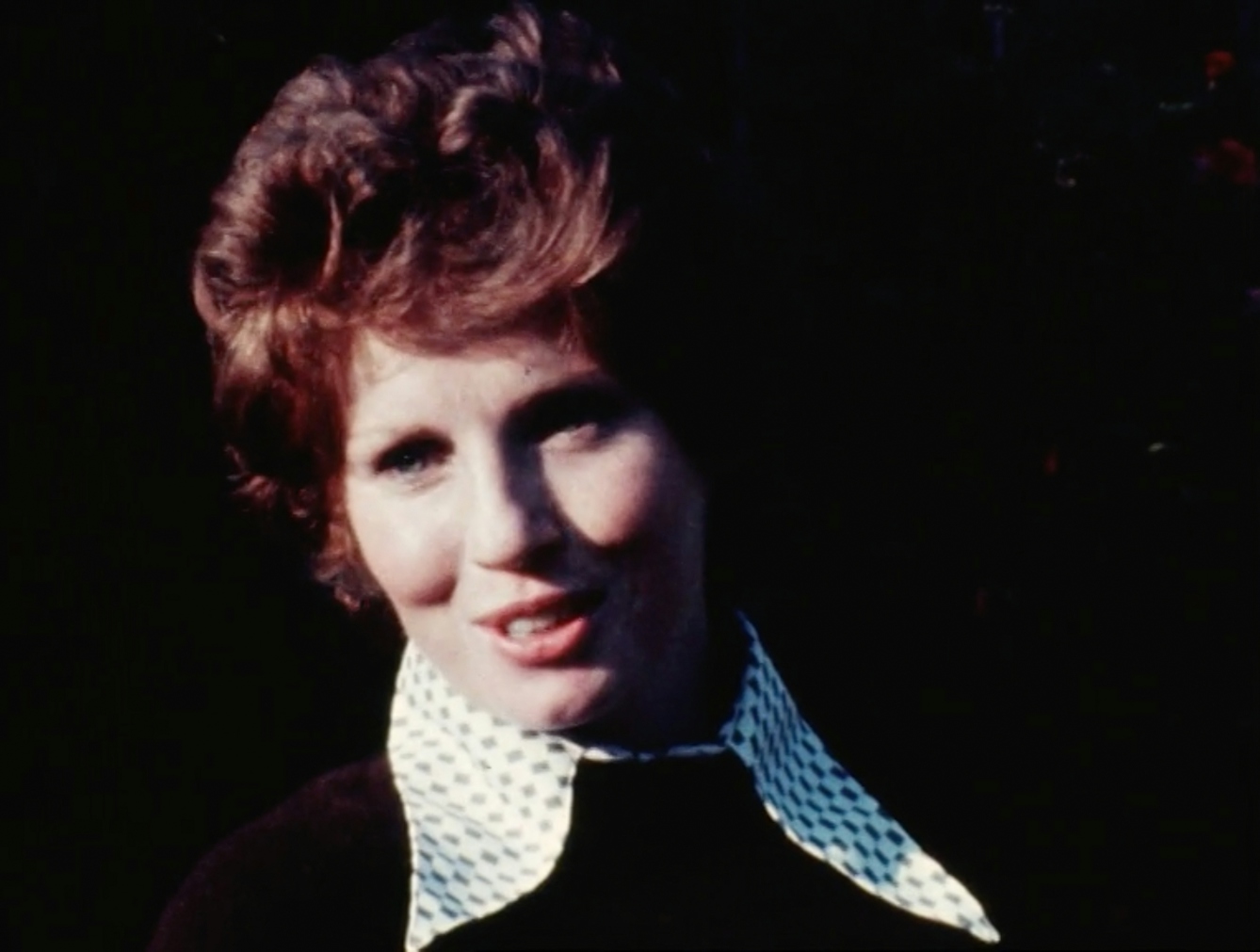
‘Birth: A film about feelings and experiences’ explores how several different women felt emotionally and physically when they were pregnant, as well as during and after the birth of their children. It was made in 1986 for the National Childbirth Trust (NCT), a group that produced many educational films like this to promote non-medicated methods of pain management.
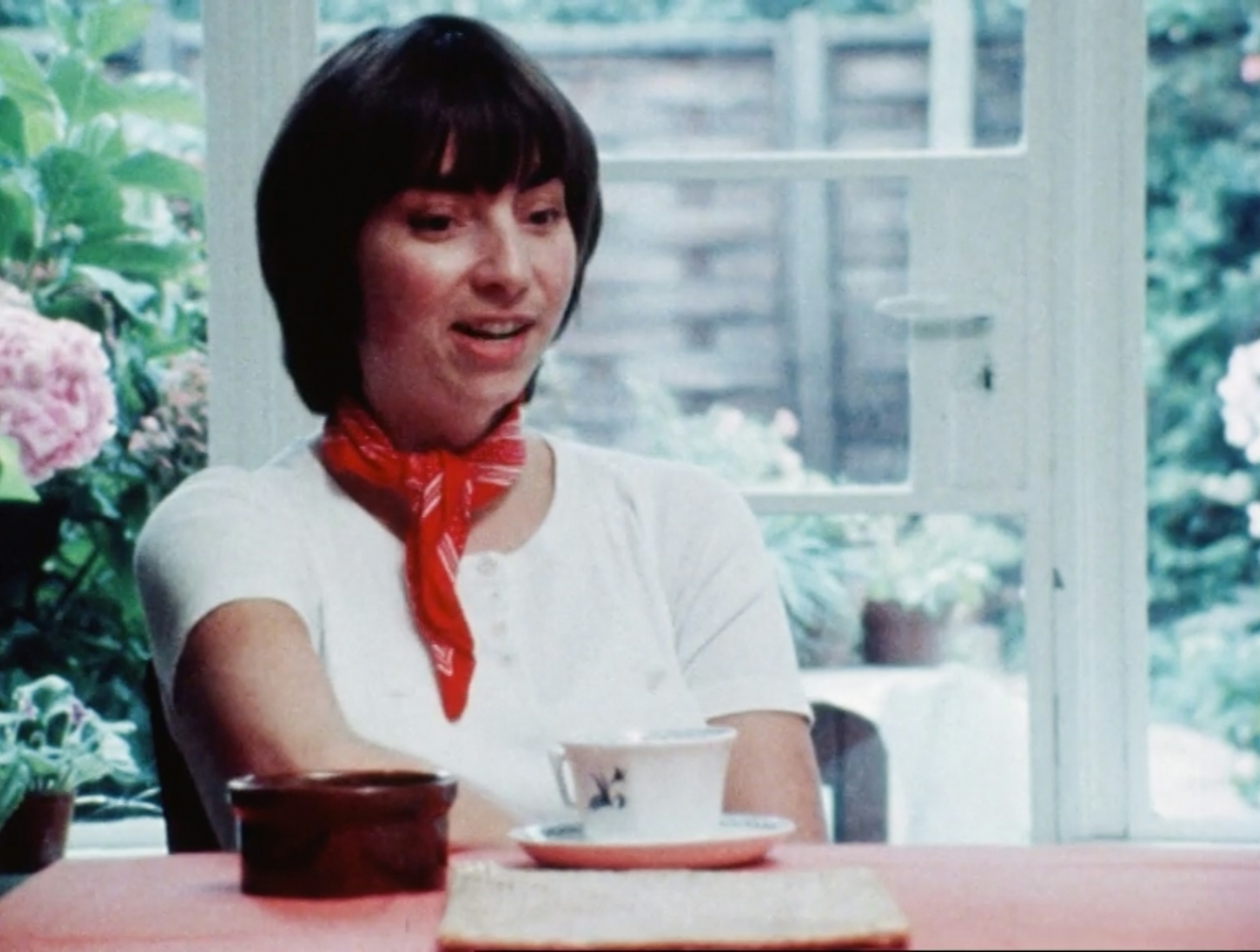
Founded by Prunella Briance in 1957, the National Childbirth Trust (originally known as the Natural Childbirth Trust) worked to dispel fears and myths surrounding birth. The women in the film talk openly about the unsolicited negative experiences that were shared with them. One woman reflects that these stories seem to be “part of women’s etiquette, or something; as soon as they know you’re pregnant, all the old wives’ tales start flowing very freely”.
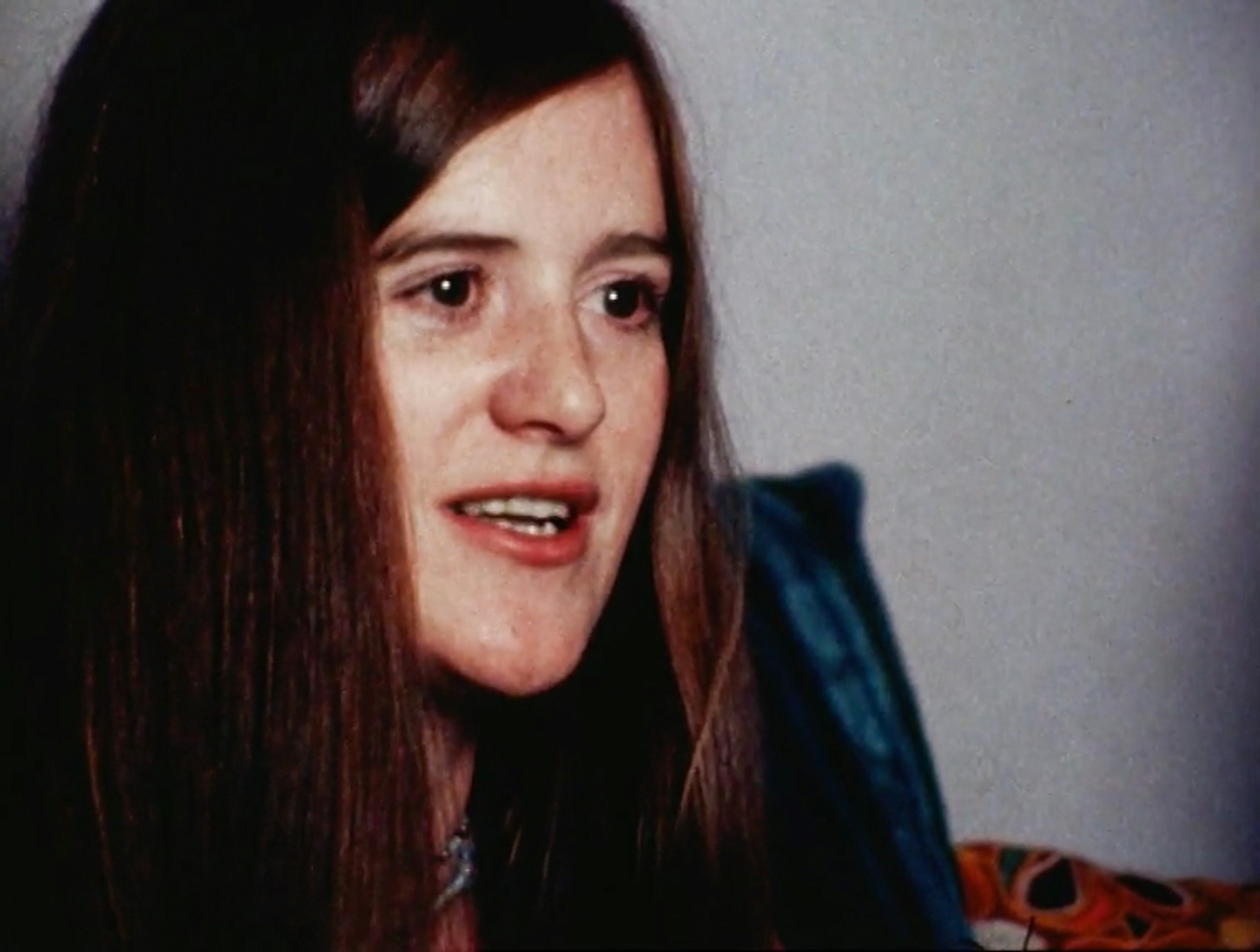
By the second half of the 20th century, delivery in consultant-led maternity units had become the norm. The NCT was opposed to the increasing medicalisation of childbirth and aimed to facilitate more home births. Many of the mothers featured in the film discuss their struggle to have a personalised and ‘natural’ birth outside of a hospital environment. One woman talks about her desire to have her baby at home, explaining she doesn’t want to be part of the impersonal “sausage machine” of the hospital.
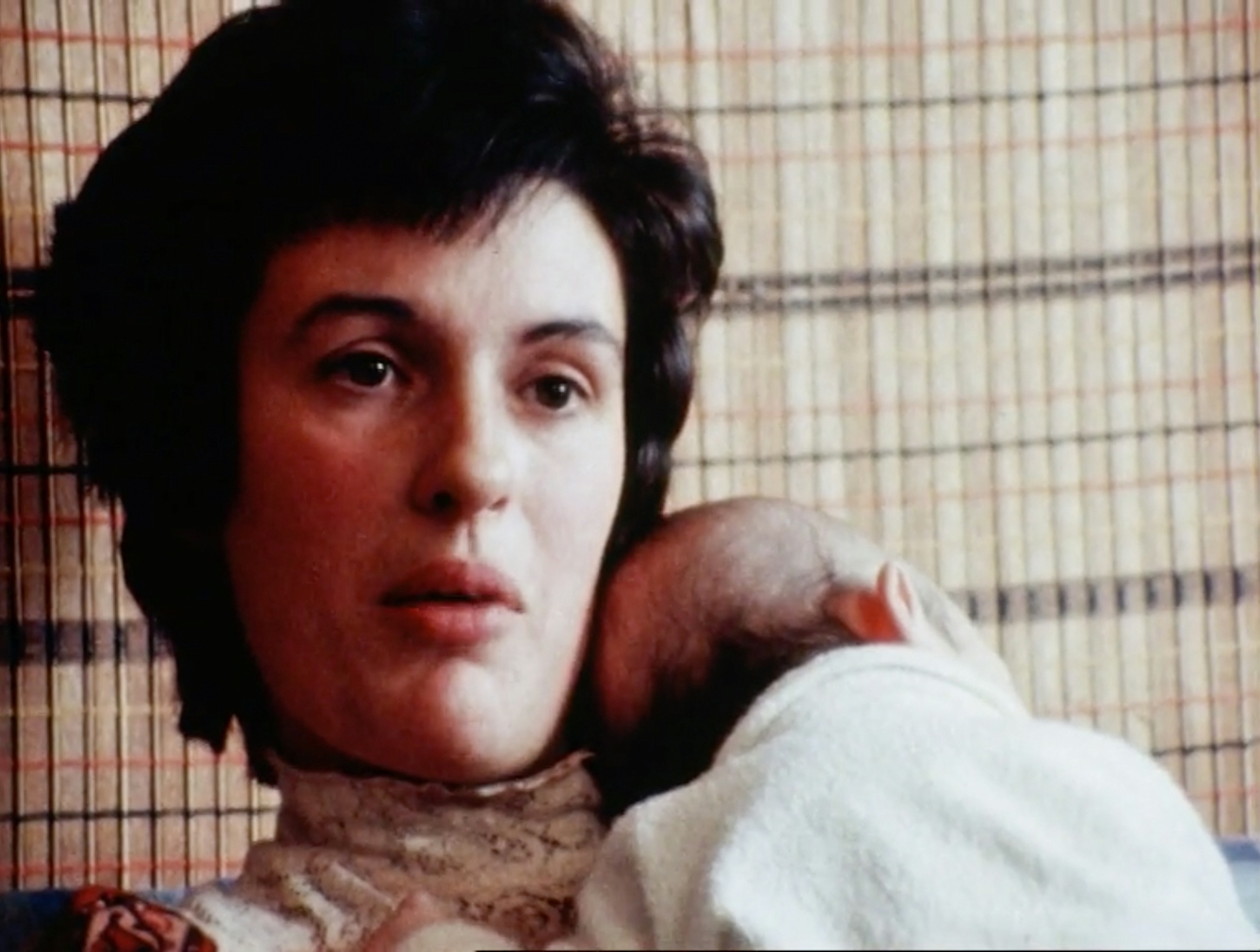
Beginning in the late 1960s, natural-birth advocate Sheila Kitzinger dedicated her career to the transformation of labour. For Kitzinger, listening to women’s experiences was key. She believed that problems in birth could be reduced by education and relaxation, emphasising that childbirth was not painful, as the pain wasn’t unexpected. Instead, understanding and visualising the various stages of labour allowed women to conceptualise it as “contractions”.
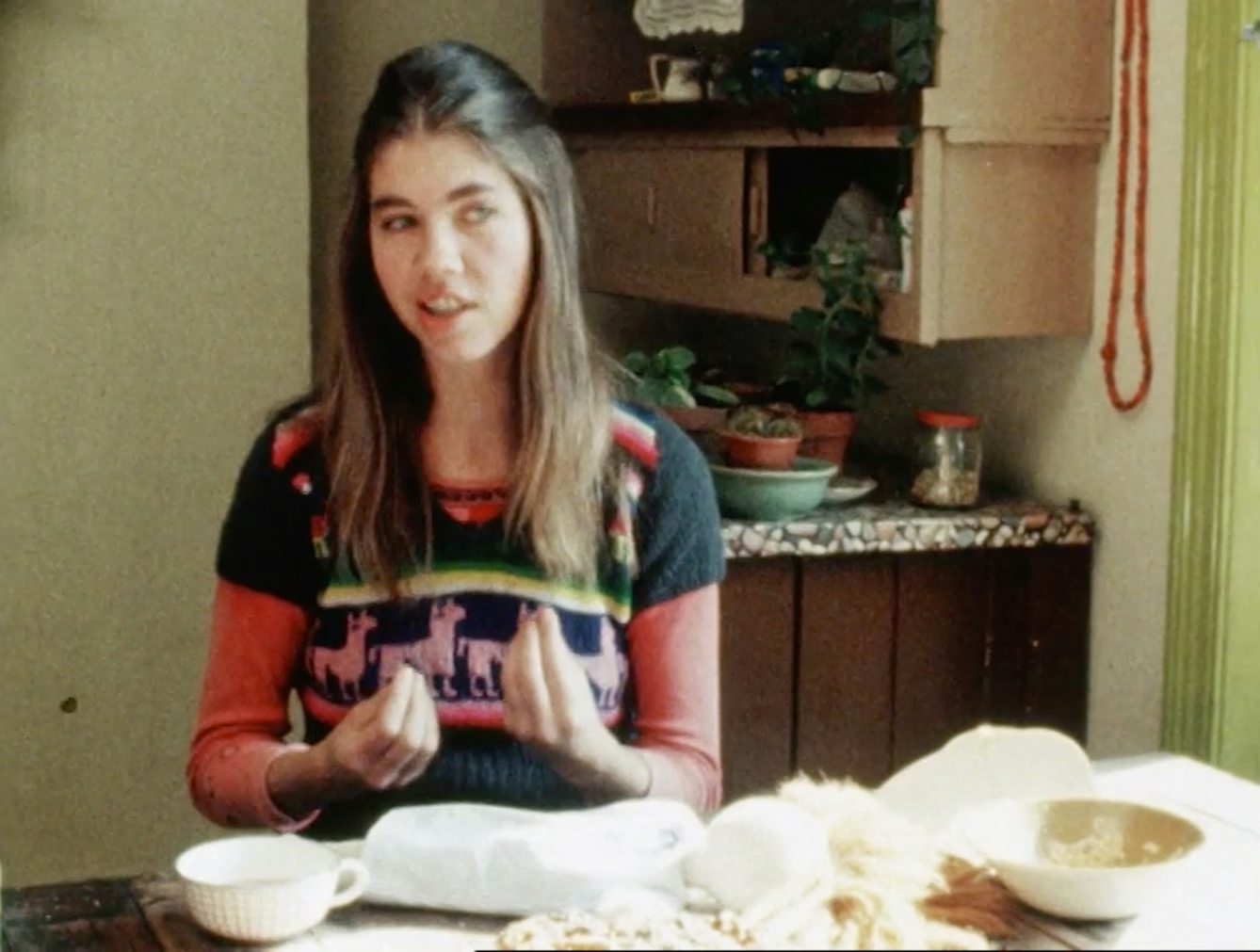
By the 1970s, deference to medical professionals was in decline, and criticism of maternal care and discussions about childbirth were becoming increasingly common. One of the mothers interviewed in the film says that she was put in a “panic” by the different medical professionals. When she later felt pain from her episiotomy, she was angry, as she thought she could have eased her baby, Fred, out with less interference.
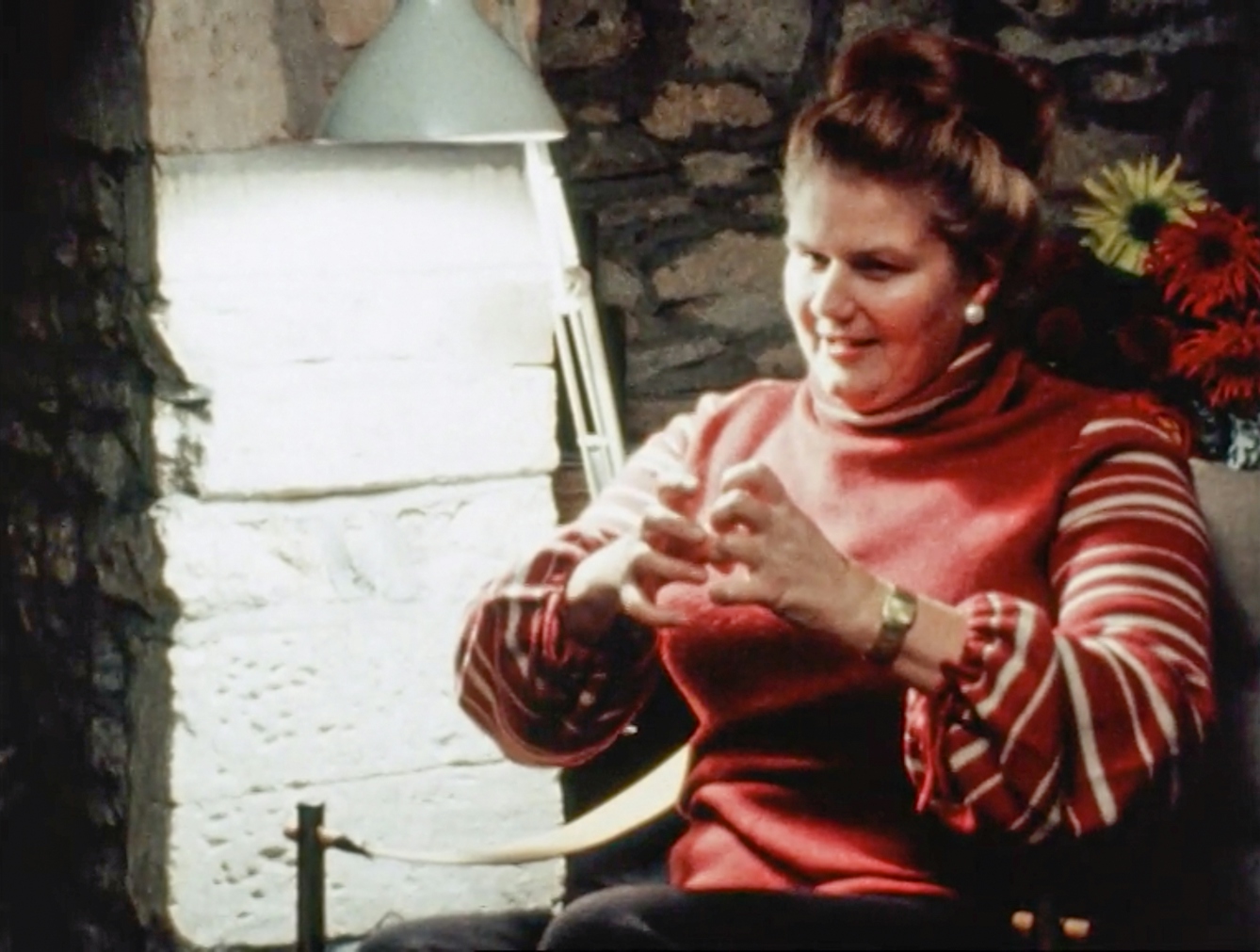
While childbirth was more challenging without epidural anaesthesia, proponents of natural delivery, including several of the mothers interviewed in the film, felt they would benefit from being guided by their contractions. One woman says she “didn’t want to be told [what to do] by a doctor who’s reading instruments” and feels that a non-pharmacological birth would be the best option for her and her baby. It was argued that the psychological and physical rewards of natural birth to the baby, mother and couple were substantial.
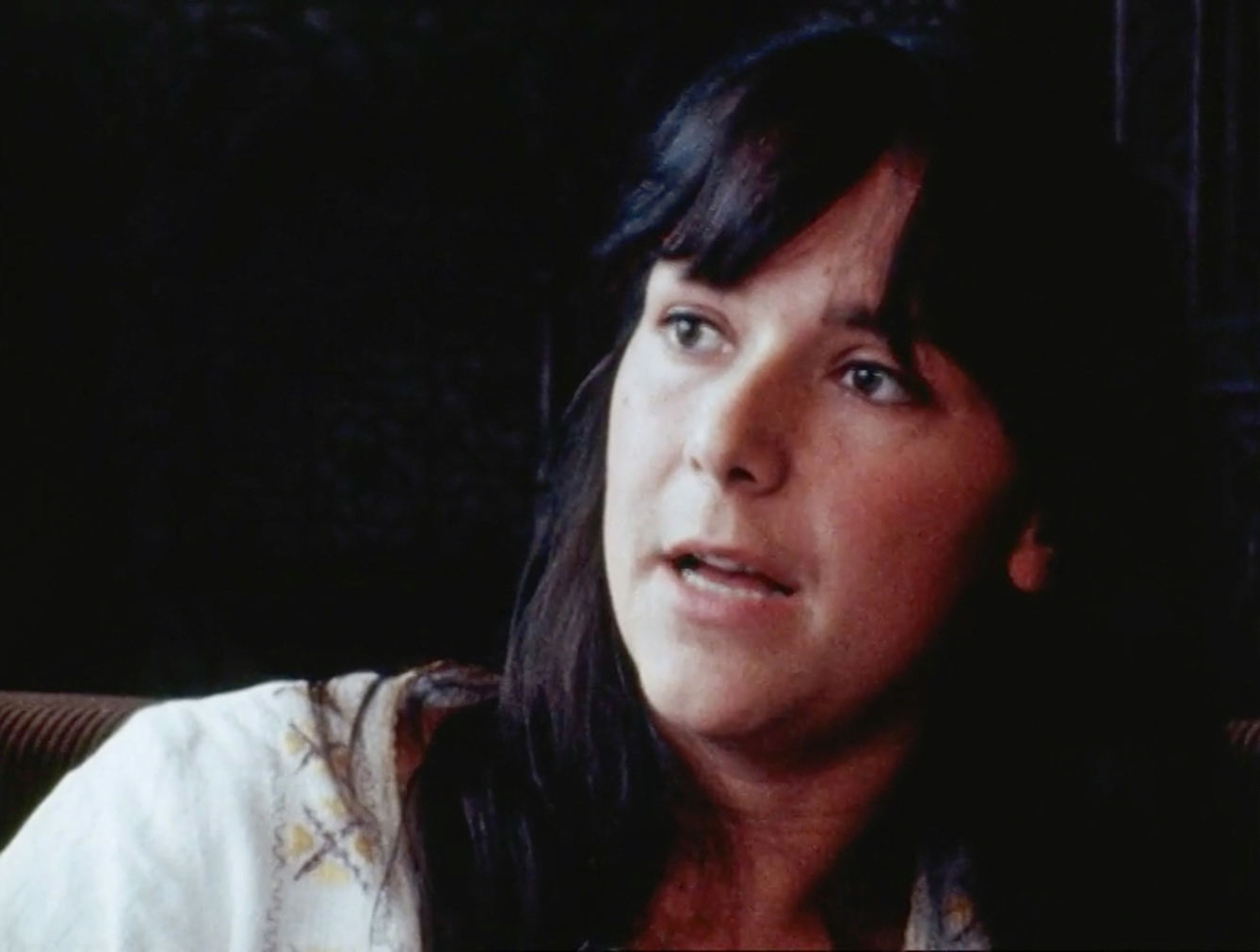
Each of the mothers frankly discusses her individual experiences of pain during labour. Many emphasise that, in their experience, the pain was different from that of physical injury. One mother argues that the sensation can’t be described as pain, as this “doesn’t exist in childbirth”.
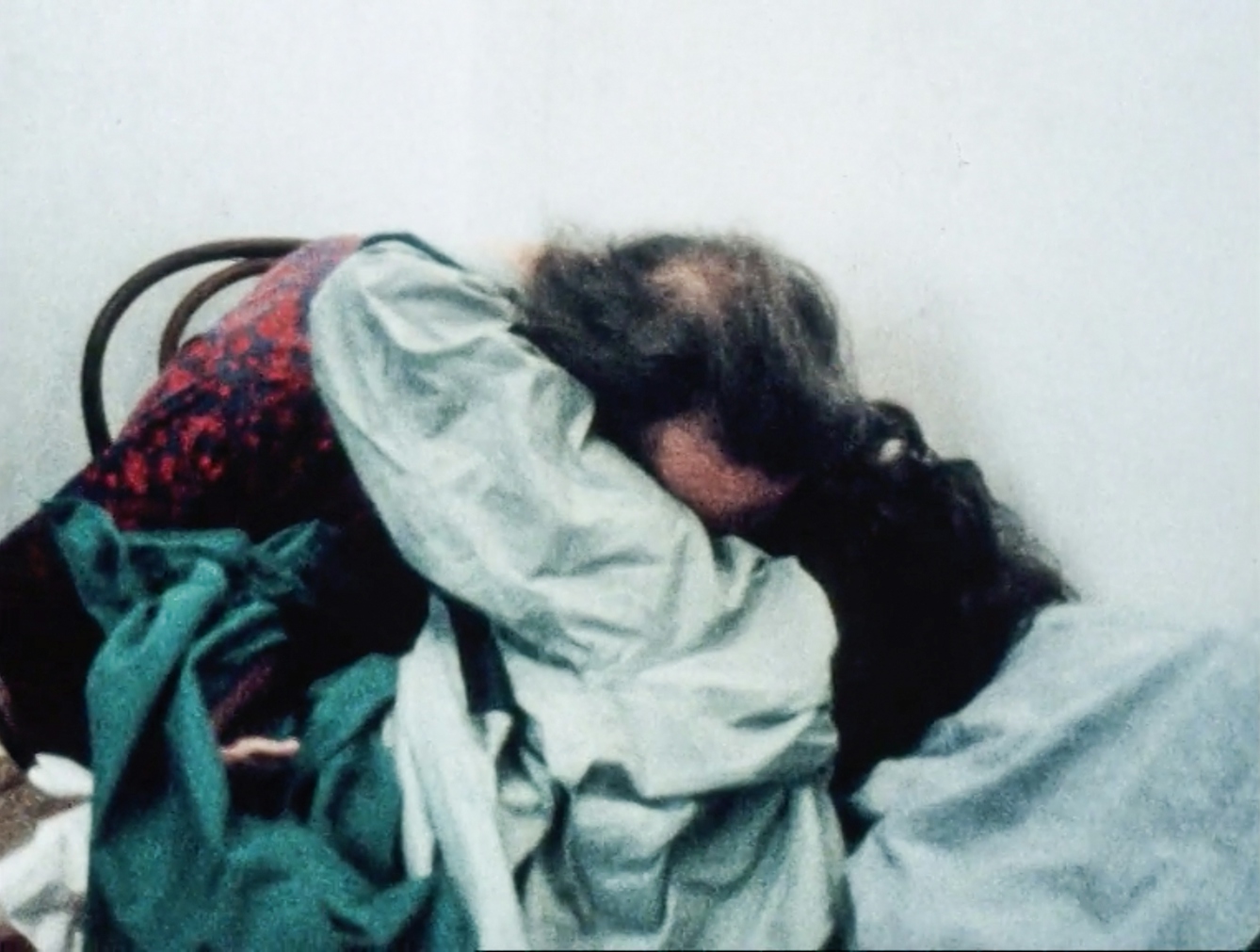
Sheila Kitzinger emphasised the potential psychosexual emotions and feelings women could experience as their labour progressed, describing it as “a great flower opening all its petals”. This sensual experience could be achieved through relaxation, which came with knowledge. Between her contraction intervals, one woman describes the sensation as “sexual”, as all the energy is in her pelvic region.
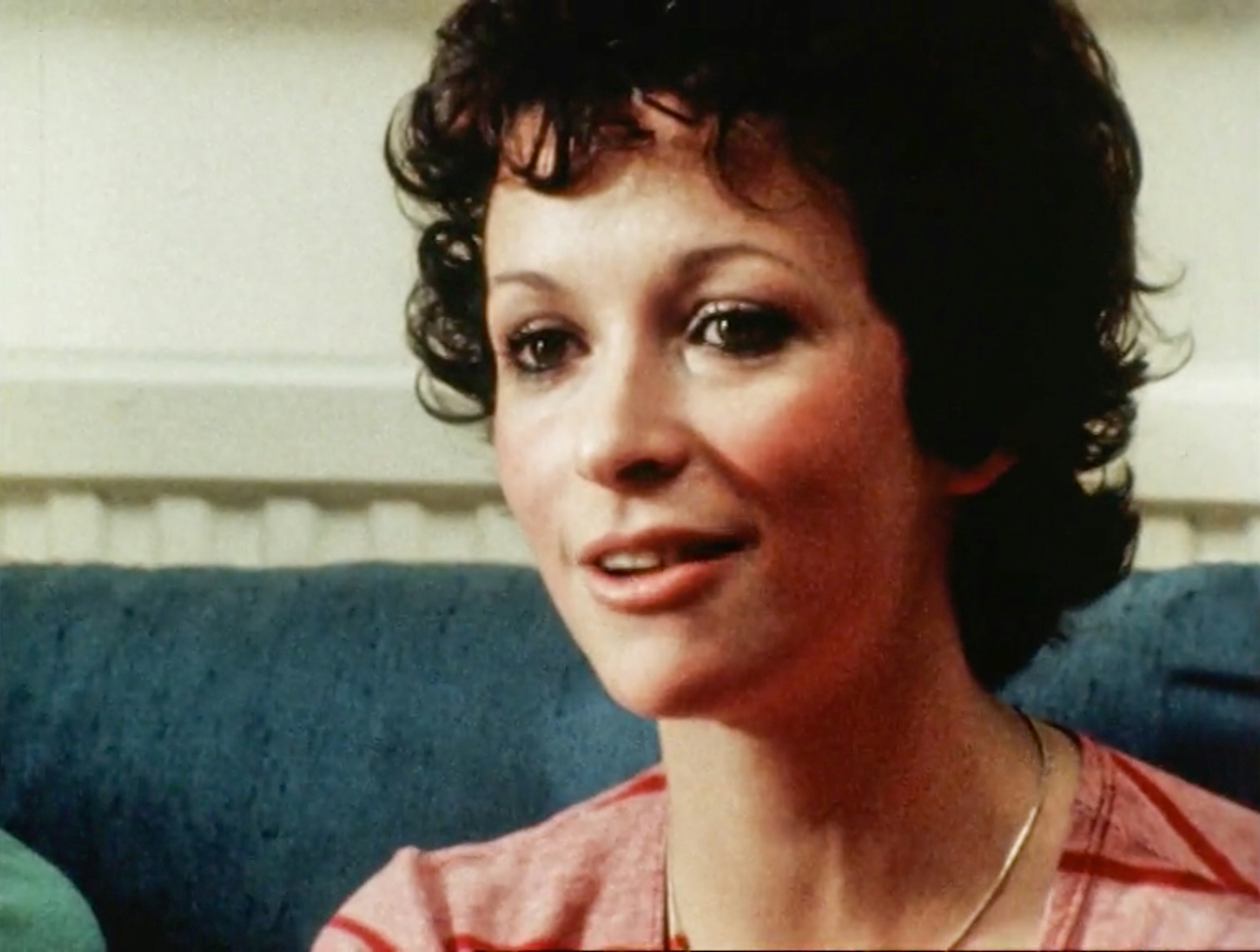
In 1975 obstetrician Frédérick Leboyer published ‘Birth Without Violence’, in which he argued that the emotional environment of labour has a significant impact on the newborn. Speaking in the film, he stresses the central importance of dim lighting, few sounds and gentle touch during delivery. Leboyer also argued that skin-to-skin contact was important for the mother and her child following birth, to allow them to bond. Due to his influence, this is now a common step in postnatal care.
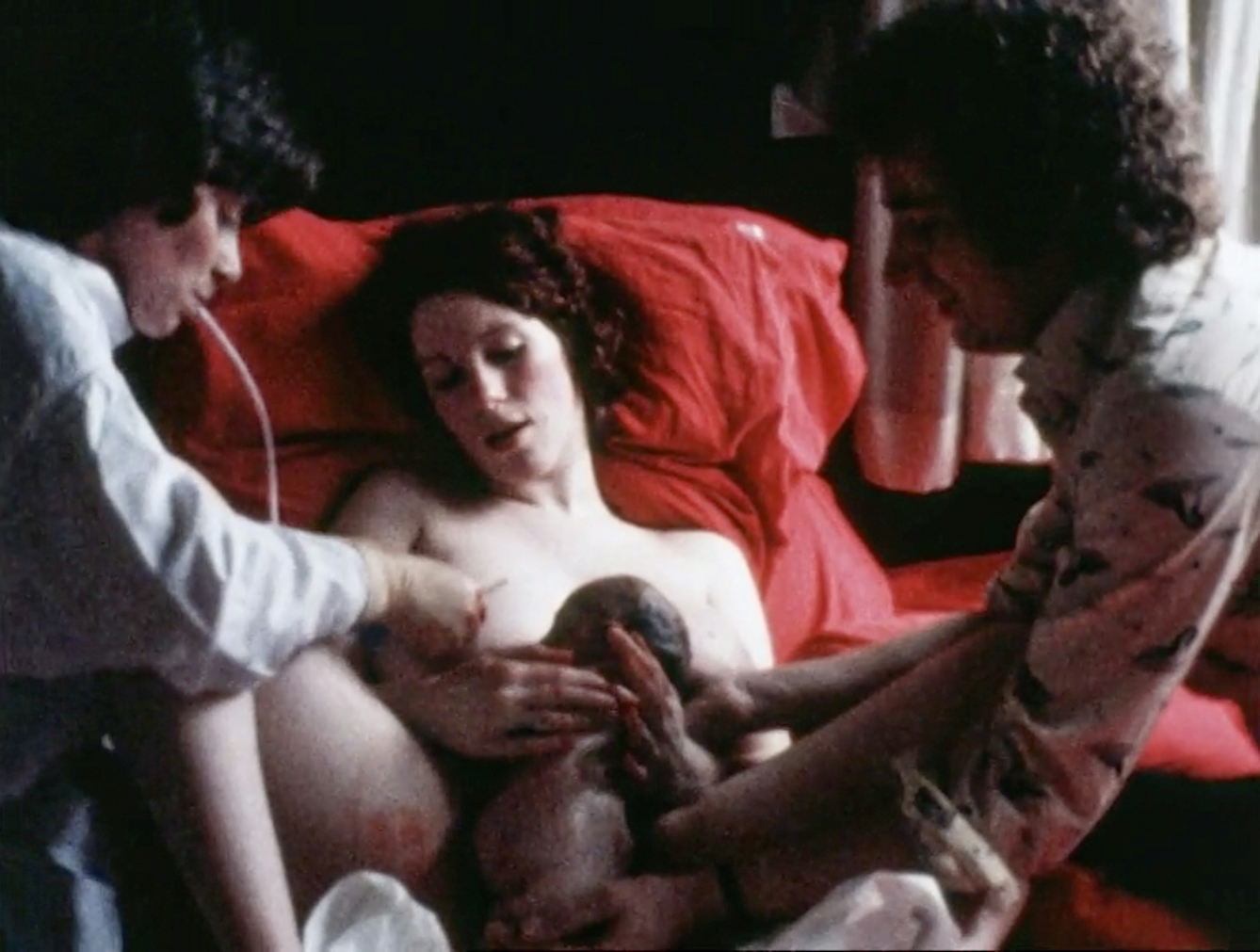
Throughout the 20th century, changes did occur in hospital maternity wards. Men were increasingly present at births from the late 1960s onwards. By the end of the 1970s they were expected to be on hand to provide emotional support and companionship. Though none of the men speak in the film, many of the women say their husband’s presence was important. Male partners are active participants in both of the home births that feature and, following the delivery of their baby, one couple shares an emotional embrace.
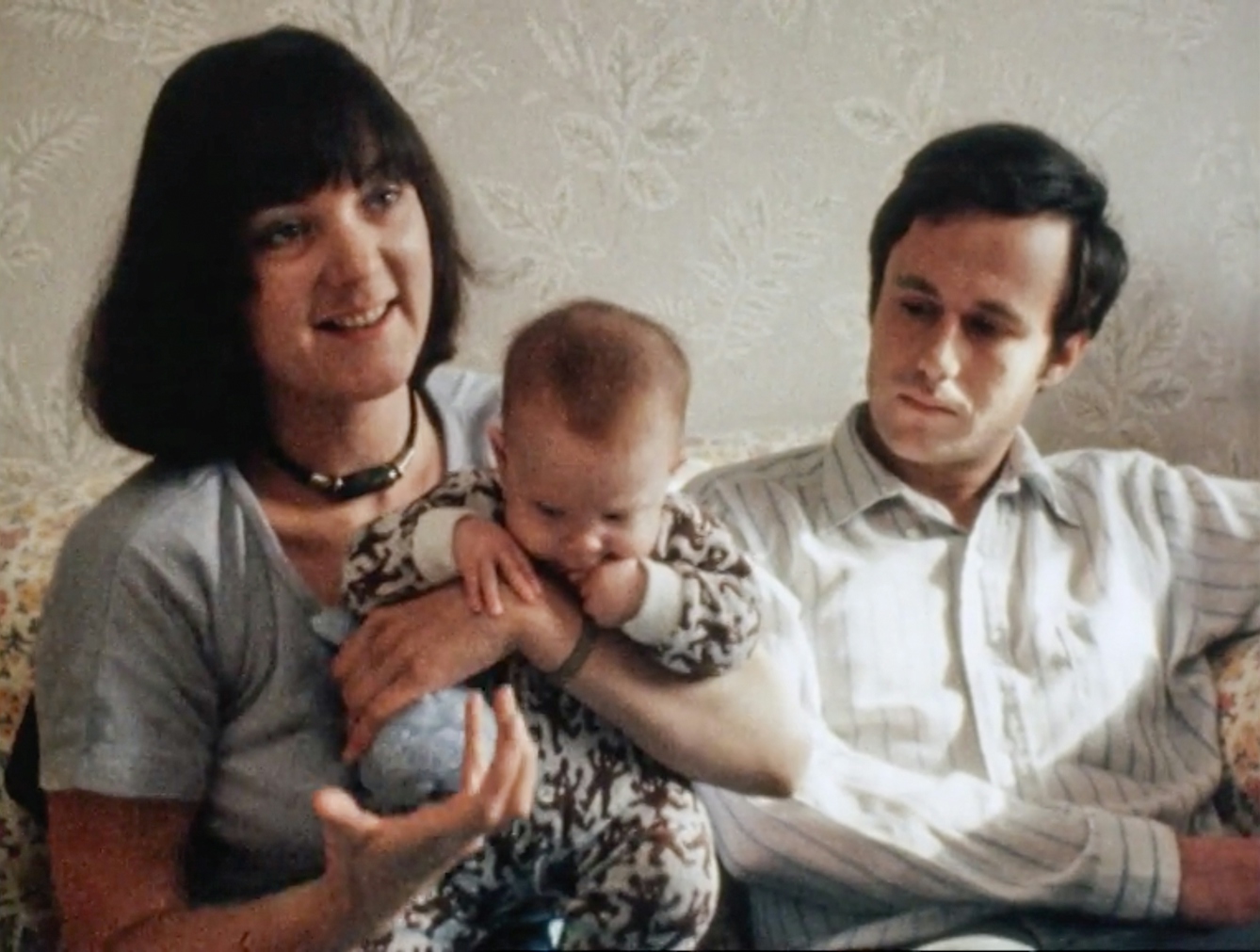
Ultimately ‘Birth: A film about feelings and experiences’ emphasises that the mental and physical strain of childbirth was worth the outcome. For the women, the “sheer joy” of holding their baby for the first time was the “moment that matters”.
About the author
Sophie Watson
Sophie Watson has completed a Master’s degree in Health History at the University of Strathclyde. Her research interests include the study of maternal and reproductive health.
